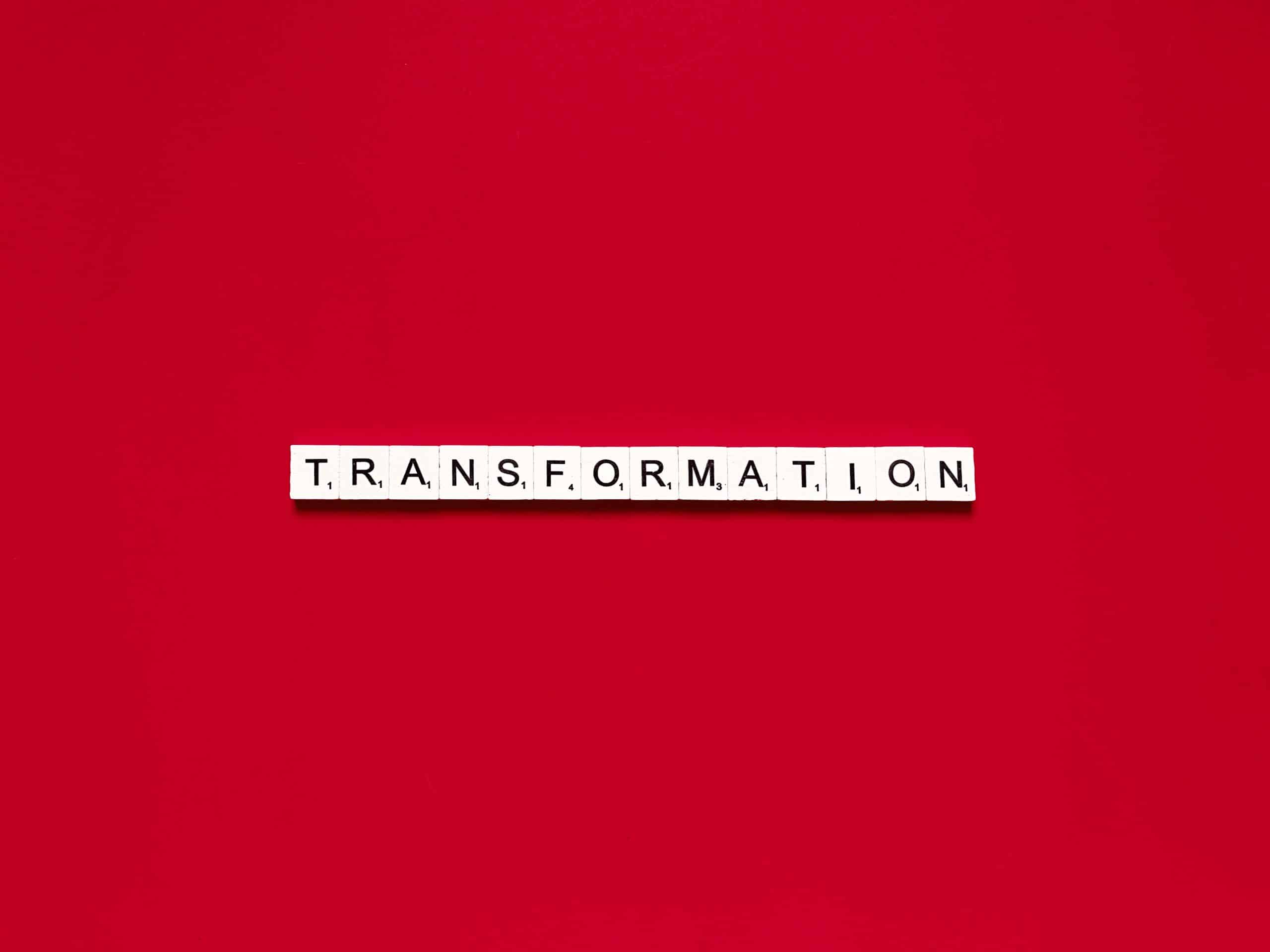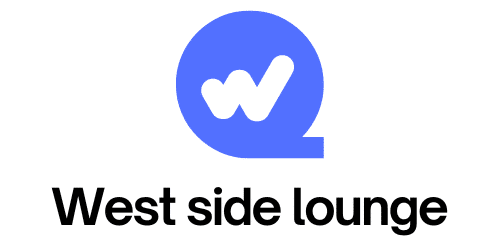How Is Mixed Reality Changing the Dynamics of Interactive Learning?

In a rapidly changing world, technology continually reshapes our daily lives, and education is no exception. Students are always seeking new ways to enhance their learning experience, and educators are on a constant quest to improve teaching methods. One of the latest exciting developments in this field is the use of mixed reality for interactive learning. This article explains how mixed reality, a blend of real and virtual worlds, is revolutionizing the learning landscape.
The Concept of Mixed Reality in Education
Before diving into the nitty-gritty of how mixed reality is transforming interactive learning, let’s grasp what this concept truly entails. Mixed reality, also known as hybrid reality, merges real and virtual environments to produce new environments and visualizations. In this setting, physical and digital objects coexist and interact in real-time.
In the same genre : How Is the Internet of Medical Things (IoMT) Transforming Patient Care?
Mixed reality goes a step beyond augmented and virtual reality. While augmented reality overlays digital content onto the real world, and virtual reality immerses you entirely in a digital environment, mixed reality offers you the best of both worlds. It integrates digital objects into your real surroundings, allowing you to interact with both at the same time.
Mixed Reality in Scholar Training and Skill Development
Mixed reality has the potential to transform scholar training and skill development, making learning an immersive experience. It allows students to manipulate virtual 3D objects, offering them a deeper understanding of complex concepts that are difficult to grasp through traditional teaching methods.
In the same genre : Explore the thrill of mystery box italy surprises
For instance, medical students can practice surgeries and other procedures in a risk-free, virtual environment before performing on actual patients. Similarly, engineering students can assemble and disassemble virtual machines to understand their workings better. This interactive experience facilitates learning by doing, which significantly enhances skill retention.
The Role of Google and Other Technology Giants in Promoting Mixed Reality
Technology giants like Google are playing a pivotal role in promoting mixed reality in education. Google’s “Expeditions” project allows students to explore different places, landmarks, and objects in 3D. Imagine the possibilities when children can take a virtual tour to the Pyramids of Egypt or the Great Wall of China right from their classrooms!
Furthermore, Microsoft’s HoloLens and Magic Leap are pioneering mixed reality headsets that open a world of interactive learning experiences. These tools are enabling educators to present information in a more engaging and comprehensible manner.
The Impact of Mixed Reality on Student Engagement and Learning Outcomes
Mixed reality is a game-changer when it comes to student engagement and learning outcomes. It turns passive learning into an active experience, fostering greater engagement. When students are actively involved in the learning process, they are more likely to understand and retain information.
Moreover, mixed reality caters to different learning styles. Visual learners can benefit from 3D models, kinesthetic learners can learn by doing, while auditory learners can take advantage of voice instructions or narratives accompanying the mixed reality content. This versatility makes mixed reality a powerful tool for personalized learning.
Research further backs the efficacy of mixed reality in education. According to a study published on Crossref, students who learned through mixed reality scored significantly higher on their exams than those who received traditional instruction. Hence, mixed reality is not just a fancy tech gadget; it can yield real, measurable improvements in learning outcomes.
The Future of Mixed Reality in Education
Looking ahead, the scope of mixed reality in education is vast and largely unexplored. It can facilitate experiential learning in diverse fields, from history and science to art and physical education. Mixed reality could also pave the way for remote, yet interactive learning experiences, which is especially relevant in the current scenario of widespread online education due to the global pandemic.
However, the widespread implementation of mixed reality in classrooms depends on addressing several challenges. These include the cost of equipment, lack of technical skills among educators, and potential health concerns related to prolonged use of mixed reality devices.
Despite these challenges, the benefits of mixed reality for interactive learning are undeniable. It’s clear that mixed reality is more than just a buzzword – it’s a transformative educational tool that has the potential to make learning more immersive, interactive, and effective. As technology continues to evolve, we can look forward to even more innovative ways to integrate mixed reality into our learning experiences.
The Potential of Mixed Reality in Medical Education
One significant area where mixed reality is making significant strides is medical education. This innovative technology offers an immersive, real-time, and highly interactive learning environment that significantly enhances the learning experience. Mixed reality enables medical students to visualize, interact with, and manipulate virtual 3D models of human anatomy, providing them with a deeper understanding of complex biological structures and processes.
For instance, using mixed reality, medical students can practice surgeries in a risk-free, simulated environment before performing them on actual patients. They can explore the human body in detail, dissect virtual cadavers, and understand the spatial relationships between different organs. Such hands-on experiences help in refining their surgical skills and decision-making abilities.
Moreover, mixed reality can facilitate better understanding and management of diseases. It can render 3D models of tumors, blood vessels, or pathogens, enabling students to study them from all angles and devise treatment strategies. According to a study published on Crossref PubMed, medical students who trained using mixed reality demonstrated significantly better diagnostic and therapeutic skills compared to their peers who used traditional methods.
Major technology players are also keen on leveraging mixed reality for medical education. Google Scholar is teaming up with universities and hospitals to develop mixed reality modules for teaching anatomy, physiology, and pathology. Such initiatives underscore the potential of mixed reality in revolutionizing medical education.
Concluding Remarks: The Future of Mixed Reality in Interactive Learning
As technology continues to evolve, so does the potential of mixed reality in reshaping the dynamics of interactive learning. It offers an immersive, engaging, and personalized learning experience that caters to different learning styles and improves learning outcomes. From history and science to art and medical education, the applications of mixed reality in education are vast and largely unexplored.
Major technology giants, such as Google and Microsoft, are investing heavily in promoting mixed reality in education. With projects like Google’s "Expeditions" and Microsoft’s HoloLens, they are pioneering new ways to make learning more interactive and engaging.
However, the widespread implementation of mixed reality in classrooms is not without challenges. These include the high cost of equipment, the need for technical training among educators, and potential health concerns related to prolonged use of mixed reality devices. Fostering cooperation between the tech industry, educators, and policymakers will be crucial to overcome these hurdles and unlock the full potential of mixed reality in education.
In conclusion, mixed reality is not just a buzzword; it’s a transformative educational tool that holds immense promise for the future of interactive learning. As we move further into the 21st century, it’s clear that mixed reality will play an increasingly important role in shaping the learning experiences of tomorrow.
